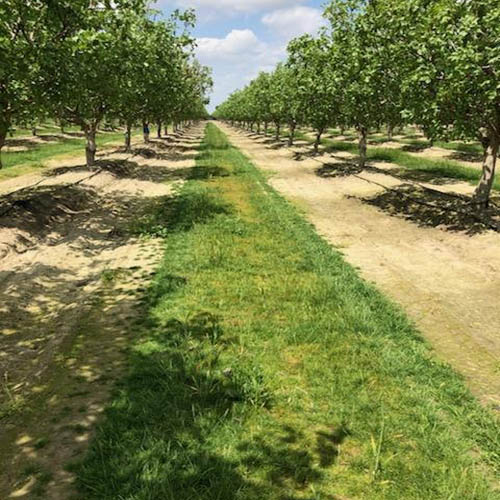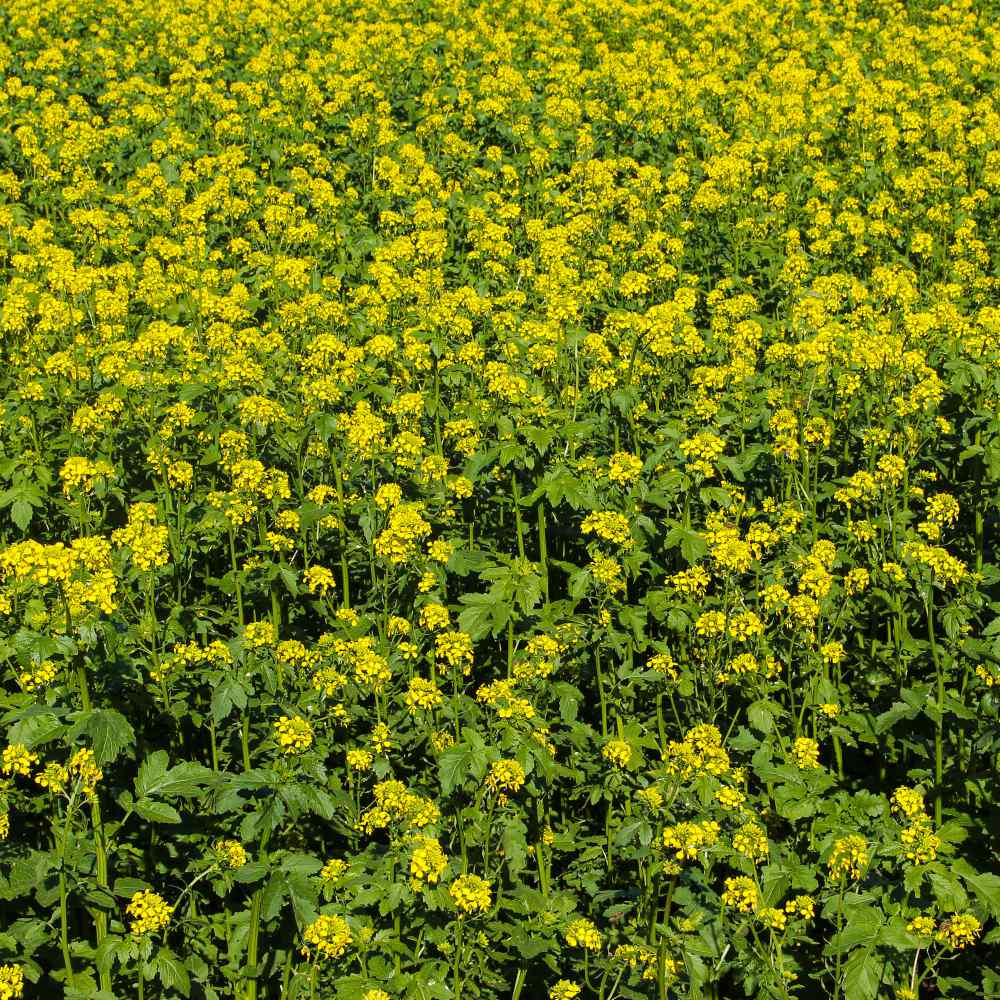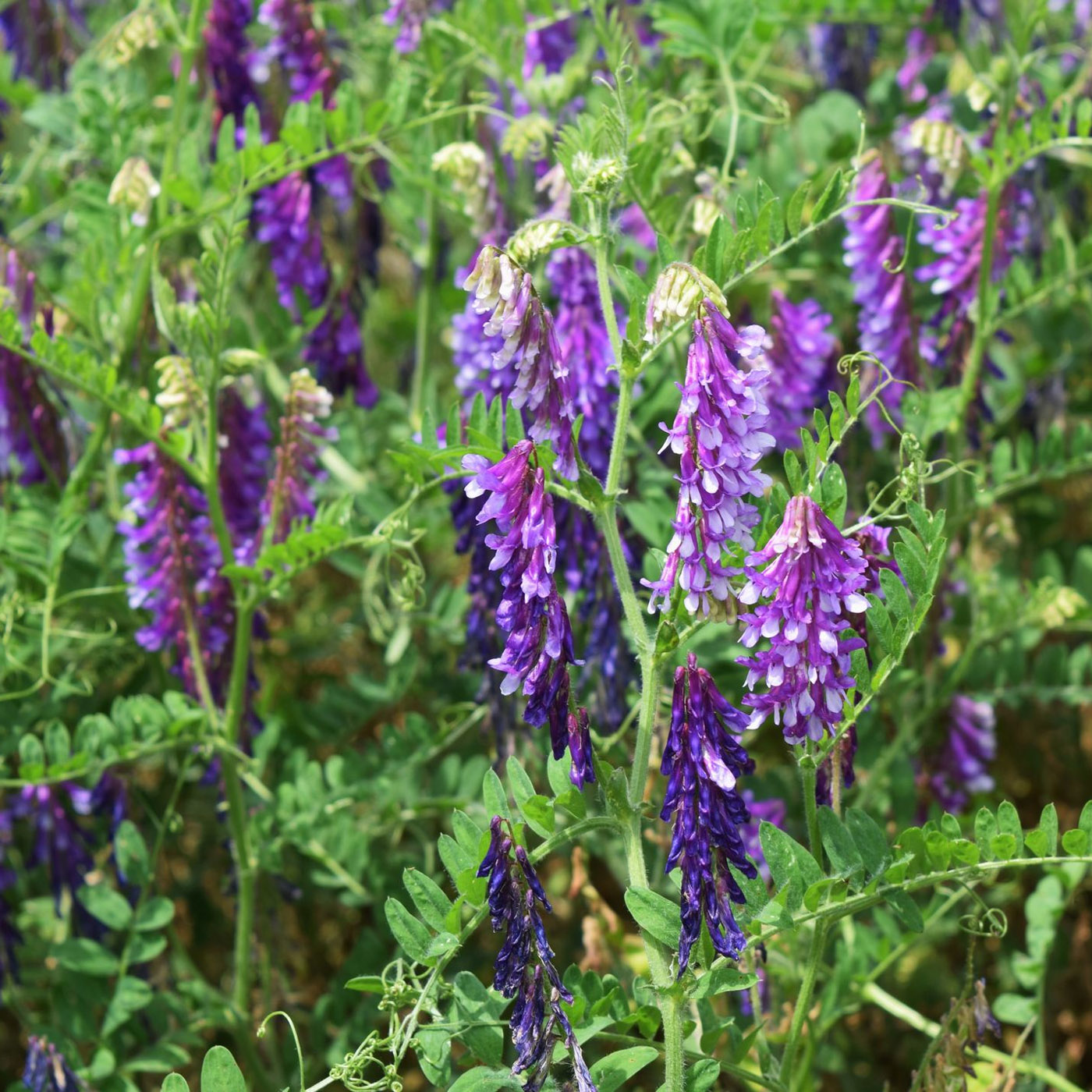
Radix Hybrid bulbosa (RHb) Planting Guide
Quick Facts About Radix Hybrid bulbosa (RHb)
Radix Hybrid bulbosa (RHb) is a permanent ground cover that is the catalyst to transforming millions of acres to no-till production. It elimates the need for annual tillage, reducing costs, as well as soil and nutrient loss. RHb is designed to provide neutral to beneficial effects on yield, reduce soil erosion and water use, and enable farmers to access carbon banks.
Planting Time
Plant in September thru November.

Planting Location
Plant in a well-prepared (top 2 inches loosened but compact) soil bed.
How to Plant Radix Hybrid bulbosa (RHb)
- The best practice for seeding RHb products for a perennial ground cover is to plant into a well-prepared (top 2 inches loosened but compact) soil bed in September thru November. Spread your RHb seed bulblets as evenly as possible with a Brillion-type seeder for best seed-to-soil contact; or a broadcast spreader, followed by a drag or roller.
- Seed 150 - 200 lbs per Acre at 1/4 inch depth. Any deeper seeding will reduce establishment.
- Add 65 lbs. N per Acre of a time-released fertilizer blend such as 20-15-15.
- Your RHb will germinate when night temperatures drop to around 50, and there is adequate moisture. It will produce a low growing carpet of green.
- In the spring (mid-March to mid-April it will go comprehensively dormant with longer day length and warmer temperatures. It will stay dormant all summer and will only re-emerge around the fall equinox when cooler temperatures, shorter day lengths, and adequate moisture are available.

Care And Maintenance
- Maintain weed control throughout the growing season. Weeds can compete with plants for water, space, and nutrients, so it's essential to manage them by regular cultivation or by applying mulch to stop their seeds from sprouting.
- Mulches play a crucial role in retaining soil moisture and regulating soil temperatures consistently. When dealing with annual plants, using organic mulch made from shredded leaves can enhance the appearance of the bed naturally and enrich the soil as it decomposes over time. Remember to avoid placing mulch directly against a plant's stems to avoid potential rot issues.
- Mow your stand in the spring at a height of 1inch before volunteer weeds have gone to seed. If there are many weeds competing in the establishment year, you may need to mow more frequently during the winter. In subsequent years it may only need to be mowed once a year, focusing mainly in the spring after the seed heads have emerged but before the RHb goes dormant (mid-late March).
- For best long-term performance, roll the seeded drive rows or understory once every mid-winter. Fertilize every fall after re-emergence of your RHb for strong, healthy re-emergence. Use time-released fertilizer such as 20-15-15 at the rate of 22 pounds per Acre.
- Generally in February, if there are competing broadleaf weeds they can be sprayed out while the vines and trees are dormant in winter. If there are tall grass weeds they can be mowed during the winter at 1 inch height until they go dormant or die.




































